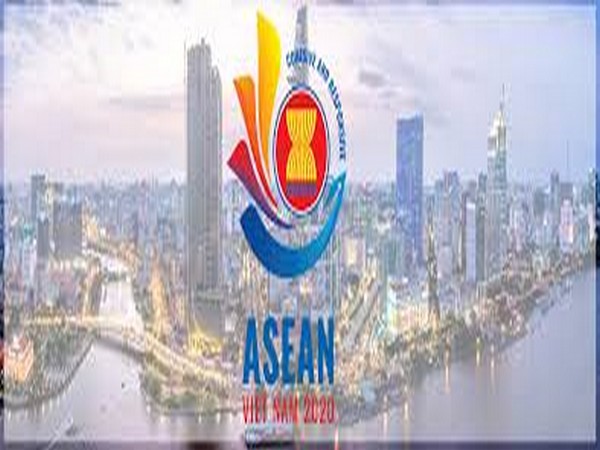ASEAN looks to boost sub-regional development
The Association of Southeast Asian Nations (ASEAN) is emerging and playing a central role in the region, thus looking to converge Mekong sub-regional cooperation with its development goals, according to Deputy Minister of Foreign Affairs Nguyen Quoc Dung, head of the SOM ASEAN Vietnam.

- Country:
- Philippines
The Association of Southeast Asian Nations (ASEAN) is emerging and playing a central role in the region, thus looking to converge Mekong sub-regional cooperation with its development goals, according to Deputy Minister of Foreign Affairs Nguyen Quoc Dung, head of the SOM ASEAN Vietnam. The ASEAN Forum on sub-regional development held in Hanoi on July 14 was the first activity of the bloc to discuss measures to create harmony and connect the Mekong sub-regional cooperation programs with ASEAN and other sub-regions, thus contributing to the common goal of narrowing development gaps in ASEAN and building a strong ASEAN Community, he said.
Raising some solutions to promote coordination and connectivity among economic corridors of ASEAN's sub-regions, Dung said the involved parties should work together to devise policies and mechanisms to address border gate issues. ASEAN has reached agreements on border crossing among member countries, but each needs to concretize them in their policies and measures to facilitate the completion of procedures at border gates.
Keiju Mitsuhashi, deputy country director of the Vietnam Resident Mission of Asian Development Bank (ADB), said there was the increasing importance of physical to digital connectivity. In this post-COVID-19 period, digital connectivity is becoming more and more important to substitute and complement physical connectivity. Since 1992, ADB and other donors have supported the cooperation of the Greater Mekong Sub-region, which comprises Cambodia, Laos, Myanmar, Thailand, Vietnam, and China's Yunnan Province and Guangxi Zhuang Autonomous Region.
"We [ADB] have worked in three different layers, firstly, working directly within ASEAN, Greater Mekong Sub-region. Secondly, we have worked on cross-border projects, in which the two countries will be connected better. Thirdly, we have worked in-country projects. Each country will increase capacity to be connected with others," he told media. Caitlin Wiesen, UNDP Resident Representative in Vietnam, shared several challenges in the Mekong River Basin due to fast socio-economic development exacerbated by climate change.
They include extreme droughts, forest fires, flash floods, heavy rains, rising sea levels, typhoons, and saltwater intrusion. She highlighted the great potential for increased renewable energy development in ASEAN countries including wind, solar, biomass, and hydropower.
"If countries cooperate more closely and pursue a common framework of energy development that has an increase in renewable energy sources, this could lead to a reduction of the development of mega hydropower plants, which in turn will reduce severe environmental risks, especially to the Mekong region, while accelerating energy security for the ASEAN region," she said. Founded in 1967, the ASEAN groups 10 member countries, namely Brunei, Cambodia, Indonesia, Laos, Malaysia, Myanmar, the Philippines, Singapore, Thailand, and Vietnam.
(This story has not been edited by Devdiscourse staff and is auto-generated from a syndicated feed.)
ALSO READ
Odisha Chief Minister's Singapore Visit Aims to Boost Investment
Indonesia's World Cup Dream: Shin Tae-yong's Determined Challenge
Odisha PM's Strategic Singapore Tour: Aiming for Global Investment
Japan's Dominance: World Cup Dream Closer after 4-0 Win over Indonesia
Odisha Chief Minister Boosts Ties with Singapore for Investment Opportunities










